
”But everything is made up of amino acids, right?”
Sometimes, I forget that biology is not easy. Sure, I know that advanced techniques are far from common knowledge, but there are many things that I assume everybody just knows, because I learned them in school. But I tend to forget that biology was one of my final exams and that even some of my peers never had biology after the age of 15. And that creates a huge gap of knowledge, of which I am often not aware.
Most, if not all of my posts serve the sole purpose to bring some interesting facts or methods in biology closer to those who have never, and will never work with them because it’s still interesting and I think every educated human being should venture into unknown terrain from now and then. Because if we don’t, we might be specialists in our fields but lose sight of all the other marvelous things that exist.
To help my readers that share my excitement but not my knowledge, I decided to write some slightly more basic posts, to which I can refer to when I’m trying to explain something more complicated. It still won’t be super detailed, you still won’t be able to join a highly specialized discussion, but it should be enough to understand the basics and maybe even understand what’s going on when someone doesn’t make the effort to try and explain it.
So, here we go with my first part of this, “The Building Blocks of Life”.

What are we made of?
If I ask you this question, some of you might answer “cells”. Others might counter with “proteins!” and I’m sure someone will say “atoms of course”. They’re all right – kind of (the atoms guy actually more than the other two).
The main atoms our body is compromised of are carbon, hydrogen, oxygen, and nitrogen. There are some others like sulfur and phosphor (and several more), but these four are technically the most important ones, as they appear over and over again in various ways:
• Carbohydrates, like glucose (what we generally call “sugar”)
• Fats
• Proteins
• DNA
• RNA
• Other molecules I won’t list because I won’t explain them in detail anyway
I won’t force you back to chemistry class (if you ever took one), just want you to keep in mind that most things that make up our body are built from the same atoms, just in different structures.
For this post, I will explain DNA/RNA and Proteins a bit in detail.
Proteins
I’m starting with those as I assume most of you already have a vague idea what proteins might be. We have to eat them, they make up our muscles and there is something about amino acids, right? @suesa
Amino acids are acids with an amino group. I know, super helpful. To help me explain, please look at this picture:

Okay, what do we have here? The letters stand for specific atoms, C for carbon, H for hydrogen, O for oxygen and N for nitrogen. You can see that I circled three parts, the amino group (this gives the “amino” part of the name), the acid group (this gives the “acid” part of the name) and an individual residue (excuse my v that looks like an u).
This is the basic structure of all amino acids (that make up our proteins), the only thing that’s different each time is the individual residue. In this case, it’s just hydrogen, which makes it the amino acid “glycine” which is the simplest one. But shit like this exists too:

You can still see the basic structure in the right corner (the carbon atoms are symbolized by the “kinks” in the structure), but the left side … that’s the individual residue. In our body, 21 amino acids are the building blocks of our proteins. Try remembering the structure of all of these …
Or not. You’ll probably never need this.
Each protein consists of a specific set of amino acids in a specific order. How many amino acids that are varies greatly and a single exchange of two amino acids can render the whole protein unusable – or have absolutely no effect. That can happen too because nature is amazing.
After the amino acids are “glued together” (they interact with each other, forming bonds between the “acid” and the “amino” group of two different amino acids, which is organic chemistry so we sweep that under our rug to never look at it again), they form a long string. Sometimes, that’s enough, sometimes they fold in a certain way, sometimes several folded proteins come together and form a bigger complex. It’s all very neat, but not as basic anymore and we want to handle the basics, right?
Right. So here’s the question: How do amino acids know how they’re supposed to interact?
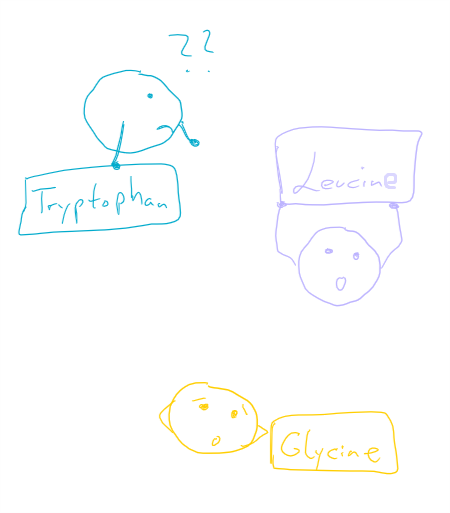
DNA and RNA
Your genetic code! It holds all the information on how to build your body!
But … how? What even is DNA?
It’s Deoxyribonucleic acid! Okay, here we go again …
Deoxyribose is a sugar, that was created by removing one single oxygen atom from the sugar ribose (de-oxy = removed oxygen) and looks like this:
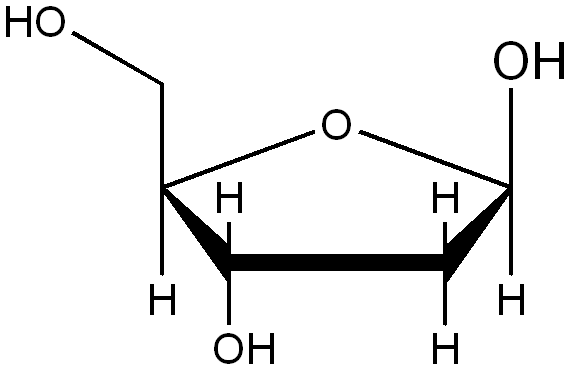
Again, you can see carbon (the kinks), oxygen and hydrogen, the usual. Attached to that sugar is a phosphate group (the structure is not that important for you) and a nucleobase (I’ll just call them “bases” from now on). The sugar and phosphate build the “backbone” of the DNA and are vertically connected to each other. The bases point “inside” and are horizontally connected to the bases of the other strand … but I am getting ahead of myself.
Let me introduce the nucleobases to you!
Their structure is not important for you right now, you just need to know their names: Cytosine (C), Guanine (G), Adenine (A), and Thymine (T). G always forms a bond with C, A always forms a bond with T. A typical DNA segment would be like this:

As you can see, we have two strands that are exactly complementary to each other. That’s what’s usually meant by “DNA” and that’s what forms the well-known helix that always pops up when someone tries to show “DNA”.
The order of the bases is important. There is a specific direction in which DNA is “read” by certain enzymes. Those enzymes start reading at specific points, under specific conditions. For that, a different enzyme separates the bond between bases, which allows the first enzyme to copy the info, which creates a single strand that is A LOT shorter than the complete genome.
Imagine it like two ropes, twirled around each other and fused at the ends. Untwirling the ropes would be a super annoying process and they would constantly try to get back into the “twirled” state. But you can just pick a single point and pull them apart, creating a hole. That’s what the “separation enzyme” (helicase) does.
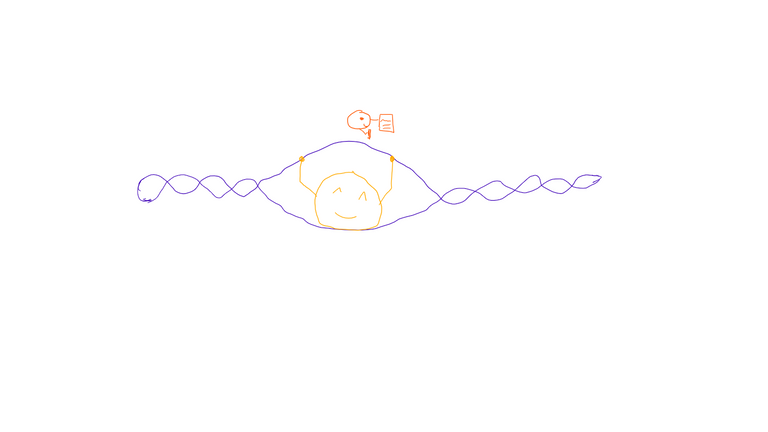
But the copy that’s created by the enzyme isn’t DNA! It is …. RNA. Ribonucleic acid. Remember how I said that deoxyribose is ribose just with an oxygen atom missing? RNA has ribose instead of deoxyribose. The phosphate group is the same, and the bases too … aside from one. Thymine doesn’t exist, instead, we have Uracil (U). U only bonds with A.
RNA is usually only a single strand (there are several sub-forms though), not a double strand like DNA. It’s also typically shorter. The current theory is, that life started out with RNA but switched to the more stable DNA. Some viruses still have a RNA genome and we need RNA for many things too.
The RNA copy of a gene is then transported to the “ribosomes”, those are tiny units in the cell specialized on translating the RNA code into … an amino acid sequence! Finally, now you know how DNA can encode your genetic information. It serves as a template to build proteins out of single building blocks (like lego!), the amino acids.
And that works with base triplets. Remember how I said the order of bases is important? If the bases AUG come after each other on the RNA strand, they give the ribosome the “Go!” signal and the ribosome starts reading the bases that come after in pairs of three. Each tripled stands for one amino acid … okay, well, not really. There are amino acids that have several triplets that encode them. But look for yourself:
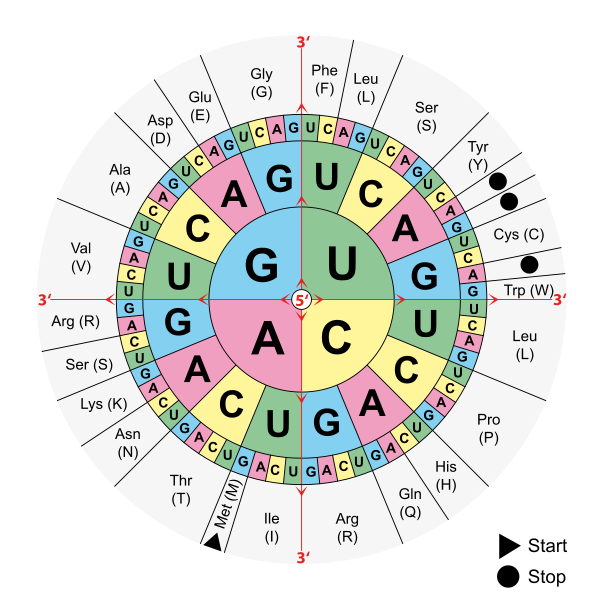
You start in the middle and go outside, this leads you to the amino acid. What you can see in this figure is the “three letter” and the “one letter” code of the amino acids, those are used to not be forced to write something like “Glycine-Leucine-Isoleucine-Asparagine-Tryptophan” but instead, make it easier and just write “G-L-I-D-W”. This also eliminates potential errors when switching between languages.
The ribosome reads the RNA and attaches amino acid to amino acid, according to the template. And when it is done, it releases the newly formed protein so it can be folded or … do whatever it needs to do.
That was a lot, far above my usual 1000 word maximum. I hope that you either learned something new or were amused by my attempts to explain something you already knew in a basic way. Maybe you came for the drawings. If you came for the drawings, have a Drosophila melanogaster for your troubles.
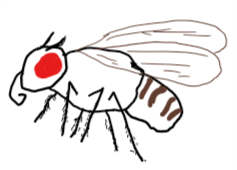
References:
But mostly knowledge I have from studying this.
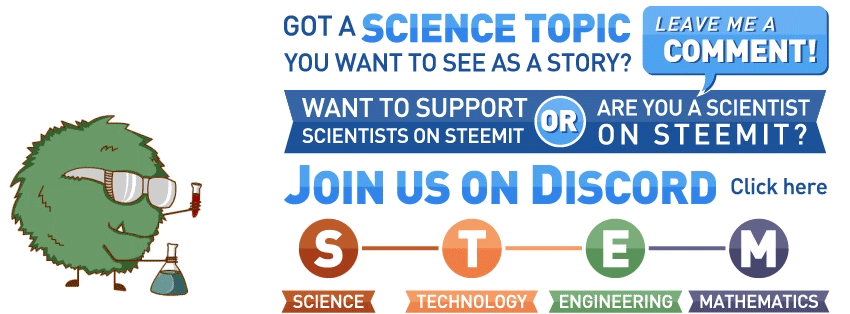
It's too bad I had no interest in learning in my teen years. I would have been such a better student as an adult lol
Your drawings have improved a lot and I hope you'll keep on getting better.
Now as the most important has been said, let's get involved with the less important matters.
Most people know on some level what proteins are, but usually they might be completely unaware of the amino acids. Most usually it seems that vegans and bodybuilders are focused on the amino acids and they know more than the average fellows do.
I have a colleague who has found collagen products which she is eating to keep her skin in better shape. I had tried to point out to her that as far as I know, collagen is a protein and if you eat collagen, it will not magically be absorbed from your stomach to your skin, but it will be broken down to amino acids.
The reply was though to point out that the "collagen is in a form where it IS absorbed as a whole".
Well, it wasn't completely related to this post. I hope I'm not wrong claiming that proteins do not get absorbed to the body as ready built protein but as amino acids.
Correct. The acid in our stomachs is pretty good at breaking protein structures apart.
That's nice to hear, finally I'm right when disagreeing with a woman.
Its good to go back to basics sometimes. Great explanations. Your drawings are photorealistic as always ;)
I do love the drawings, some pretty cute amino acids there!
I have to ashamedly admit that a lot of this went over my head, I might retain some of it though...
I'm one of those people that didn't learn anything about biology after 15, in fact I dropped out of highschool when I was 15. After awhile I decided it was time for more formal education and got my diploma, then went to college and took some chemistry, math, and physics courses, but the program I was in didn't include biology.
So, thank you for this! I'm going to read it again and try to get a little more of it to stick, haha
Take care.
If you have specific questions, ask away!
That was fun. Haha! Amazing how you got all that to fit in the layman's box, except for the chemical structures, but the drawings compensated. Basically just answered the question what makes you you? - Probably my title if I were to write a piece likes this which I did plan actually but I found this and yours is just better than the idea in my head. Haha I am a Genetics major, btw. :)
Well my bachelor will be in Human- and Molecular Biology so.... same?
Close! I am taking the animal gen route with minor subjects in mol bio and biotech :) This is already my MS. My Bachelor's degree is Fisheries.
@suesa : Your post is very cute and informative. Btw let me ask one thing: How are you drawing the pictures and writing leucinE etc. Is it some stencil thing on tablet? I am interested to know.
The original picture was drawn on a tablet with one of those pens, the "e" was added on my laptop with paint and a mouse. That's why it sucks.
I think you're finally starting to understand me why I lack knowledge in biology.
This was something I did understand and I'm even beginning to like carbon. It seems the most friendly. DNA also looks sweet :)
carbon is great
What a great post, I have a soft spot for biology and really enjoyed reading this intro. Thanks!
I literally just screamed cause you like my post! Thank you! :D
This is just a biological effect :D
PS: Now I have read ^^
There. You just got me from the start.
And leave me with a smile. And a lot of things I didn't know before.
That's why I come here every day I can.
Wow @suesa, I really wish I had you for my science teacher in school. Or maybe, I wish I could pay attention as much then. I'm not really sure. This stuff is really interesting after all.
I remember learning about ACTG and what DNA stood for. Most all of everything else was new to me. There was even this nerdy joke I always heard from my scientist friend that makes a bit more sense now after your teachings, though it was more like "oh, that's what she was talking about" than "oh, I get it now." It's a bit of a rude joke. She always said:
I'm sure that you've heard it before, but maybe not, because you're German, but then again maybe so, because you speak perfect English. Anyway, it was great to learn from you, as always. Thanks, @suesa!
Definitely some sexy science here haha, im with you that a lot of this for me is just common knowledge so Il admit to some skimming. :P
but I feel how weird it can be when you realize how foreign simple stuff is for people, my buddy came over saying how he saw a picture of someones chemistry homework going on about how it looked complicated as hell...
He showed me the snap and it was the percent yield equation.
Did you at least enjoy my drosophila?
I am actually studying the Physics of RNA and DNA and I find it absolutely incredible how biology of this form can produce such complex organisms. Great post!
Mind blown!!! Sorry. Had to come back here... Sometimes I miss them but here we are. Have I ever mentioned how super cool you are for making everything under my skin interesting? Too much goes on under it for me to be categorized as a healthy human being. Sips flu remedy :D Thank you for linking this to that current post :)
Glad you liked it :) And I think it's always good to know some of the basics, or at least have heard of them once. It's not always easy to find your way into a topic that's not one you studied, and people writing articles or posts tend to forget that sometimes (not excluding myself here).
I think I will gladly exclude you from that list because you really do elaborate yourself in your narratives. It's awesome to be your reader :)
<3
Amazing how (almost) all trillions of our cells in our bodies do this all the time to display our current characteristics like skin colour.
Man, I miss science class in highschool... why cant we tuuurrrrrrn back time!?
Me Too!! You've got a new follower!
Your post took me back to school days.
Its informative .
Ha ha ha :) I know what you mean!
Seriously. But the difference is that you explained it in better manner. I would have scored better marks in biology if u were my teacher :D
Except I am not suesa who is the author of this post 😂😂😂 I think you would have failed if I taught you biology
Hahahaha. Yes i checked it now. She should had been my teacher.
Seema that you n me are from same category. I hope u got what i mean :P
I don't have enough patience with dumb people to be a teacher :P But thanks for the compliment!
Lol. I never had interest in studying bio. Field of interest matters more than anything else
This is very educative. @suesa, you literally took me back to my chemistry days and I definitely enjoyed the whole piece. Thanks much
I never thought amino acids are so important and are present in our body in such a great quantity.
I broke down rocks and called it a grain
Then that grain broke into sand
Then I took it in my hand
To break it down further was my demand
When that happened and it did
I was not able to see it
So I called it indivisible
Because to break it down further I was not able
Breaking down the invisible is @lemouth 's job
The invisible is actually visible :)
gasp WITCHCRAFT! BURN HIM!
(something I repeatedly whispered to the guy next to me in the physics lecture)
But I am not a duck! :D
Nice write up on amino acids and proteins. Some typos: "pears" should be "peers" and "glycine" with an e in english. Some of you with biology background may be wondering why 21 amino acids, and learned about 20 amino acids. This is because the genetic code encodes 20 amino acids and in humans we also use a special amino acid called selenocysteine but it is not directly coded in our genetic code but uses the UGA codon (and other sequences within mRNA), which would normally be a stop codon.
Always those typos. Damn it.
There is lot to learn in science I love the way you explain things. I was sure you will include the atom guy as I myself said atoms.
Amino acids are the building blocks of proteins. Like lego! If you build a castle, that's the protein and the single blocks are the amino acids.
When we alter DNA, we usually switch one base for another (for example A for C) or remove one. This leads to a different mRNA and thus different protein.
Nitrogen has different jobs, it's a very important part of amino acids (see the structure I drew)
Yes and now I'm too lazy to correct it. It's phosphor in German.
Since the acid in our stomach is just adequate and good enough to break down the molecular protein structure in our stomach, don't you think taking alcohol whose end product is the same acid is quite unnecessary?
I'm not sure what you mean.
I always learn something from your post. Thanks
Biology is one of my favorite subject in high school. Maybe it's not that easy but I really enjoyed it. I missed my old friends in high school thanks to your post :)
This really sucks.